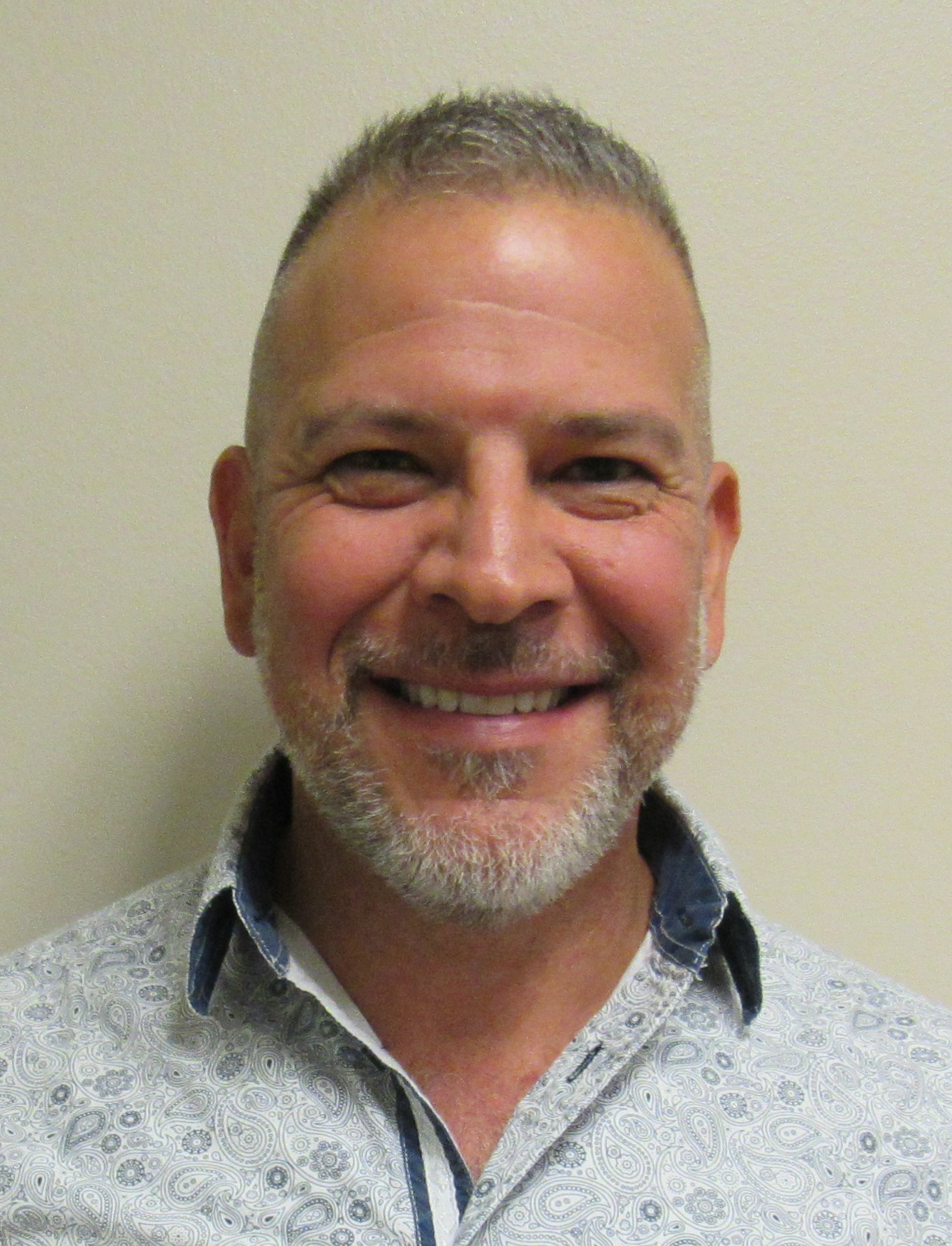
Everything before becomes dull the moment you realize you are fighting for your life. For many this moment comes when diagnosed with cancer. I recently took care of a gentleman who had brain, lung, bone, and kidney cancer. This man appeared similar to a Holocaust survivor yet stood out because of the Buddha-like peace on his face. He shared a blessed feeling having received cancer because it elevated his realization of an inner strength he didn’t know was there. He also aspired to be an example and a pillar of strength for others with and without cancer. He exemplified my commentary to all my patients that ‘we are much more capable than we ever give ourselves credit of being.’
Through him I considered my patients with chronic pain, particularly those with non-specific pathologies. My inquiry was for better understanding.
I want to understand how to help people realize they have greater ability than they realize.
Clearly, there is no model of physical and mental health that offers a distinct understanding of the meaning of resilience. Some who survived tragedies and went on to thrive considered their recovery an ‘ordinary magic.’ This ordinary magic is a natural capacity to recover in general but often even further than one’s capacities (Masten, 2001). What makes this ordinary magic is the fact it is within us all. Though this ordinary magic is nearly universal, it is unlikely that we are all similar in the capacity to express it. Where does the difference occur?
Some initial distress following an adverse event or stressful experience is expected and may even be beneficial to adaptation. Therefore, the difference between those with cancer facing their mortality and those with non-specific chronic pain predicting their own disability relates to perception. Perceptions of ourselves and the appraisal of our challenges are the foundation for our actions. We are discussing an embodiment of thought and existence grounded in cognition. The biopsychosocial model may fail us in this regard. To be clear, the biopsychosocial model does not have an explicit interconnectivity that allows us to comprehend this embodiment. Another way of looking at this is that our cognitions are not a reflection of our external world but rather a reflection of our process of living within a certain environment. A reality is that the brain is continuous with the body, and the body is continuous with the rest of the [our] natural world (Whitehead, 1967).
The Enactive Model to understanding pain brings these premises and concepts together. Enaction is an embodied approach suggesting cognition is a brain, body, and environmental process. The world is structured by cognition and action (Varela, Thomas, & Rosch, 1991). Saying pain is in the brain is one thing, clearly you need a brain to have pain. However, to understand one’s pain we must explore the brain’s capacity to live and compassionately understand the system that is adapting and striving to sustain itself. Perception is what separates our patient with cancer from the one with non-specific chronic pain. The one with cancer recognizes their future now will be (has to be) different from their past. They are called on to fight for it. The resources available to them are thrust to the forefront. Their enaction was conceived as a relational and emergent process of sense making through the lived body that is inseparable from the world (Stilwell & Harman, 2019; Varela, 1991). A world we shape and in turn shapes us.
A Tibetan saying that rings true to me is, ‘Our life will end with pain and suffering, but to the fortunate few it will find them much sooner.’ This suffering can be the undercurrent for change that pushes the evolution of being, where we find our resilience and strength. Evolution is often catalyzed by a catastrophic event, and cancer can serve as that catalyst. There is either a devolution or an evolution. The evolution may come by way of a mindfulness of fragility seen through destruction of the body and the identify of self. The connection between the brain and the natural world is severed, a radical departure from the body’s continuous reorganization to maintain its own homeostasis. The enactive model expands on the biopsychosocial model allowing connectivity by understanding the cognitions that tie everything together. Where the mind goes so does the body follow and as the body changes so does the mind. Further, the enactive model to pain as sense making endeavor completely aligns with the person-centered approach. In order to truly live in the world we have to find our way back through an existence enabling a greater understanding of our connectivity to it and the fragile boundaries that contain us. The environment only changes by the person’s actions on it.
The person with non-specific chronic pain struggles with recovery at the expense of resilience, worried about the short-term relief as opposed to sustainable outcomes. The difference occurs with coping that allows transformative change engaged by value driven choices and meaningful tasks that improve the quality of life. The Enactive Model threads together the biopsychosocial model by cognitive expression and physical movement directed toward a better world. Enaction allows embodiment of embedded beliefs, value, and cognition that share a sense of purpose and provide meaningful experiences. This can occur through cognitive intervention, mindfulness training, and exercise. And, it all starts with compassion toward the entirety of the individual.
“ Those who have a ‘why’ to live, can bear almost any ‘how’.” Victor E. Frankl
Addendum
My thoughts are shared from a grounded sense of humility, a profound respect for humanity, and deep reverence for life. There is not even a trace of intention to diminish the suffering of those with cancer and those with chronic pain. It is all very real. It is all very tragic. I write to share the patient experience by a reflective practitioner. The underlying theme is an appreciation of human complexity. Unfortunately, these personal thoughts come in the midst of our current devolution of the world by COVID-19. We are in a state of devolution that gives us an extraordinary opportunity. We are resilient beyond our own measures, and we will evolve, but only if we pull together. Now is the time to return to values and beliefs that ground us to lives with distinct purpose.
References:
Masten, A. S. (2001). Ordinary magic: Resilience processes in development. American psychologist, 56(3), 227.
Stilwell, P., & Harman, K. (2019). An enactive approach to pain: beyond the biopsychosocial model. Phenomenology and the Cognitive Sciences, 18(4), 637-665.
Varela, F. J., Thompson, E., & Rosch, E. (2016). The embodied mind: Cognitive science and human experience. MIT press.
Whitehead, A. N. (1967). Adventures of ideas (No. 2). Simon and Schuster.

––– Comments
Paul Leverson
Commented • April 25, 2020
Appreciate your perspective. Plan to look into Enactive model of pain and living more. We are, at the end of it all...simply a vapor. (James 4:14)